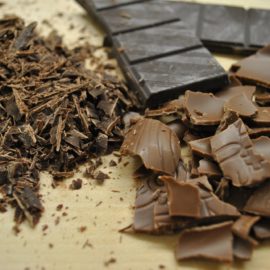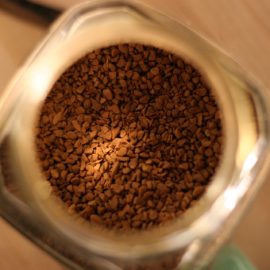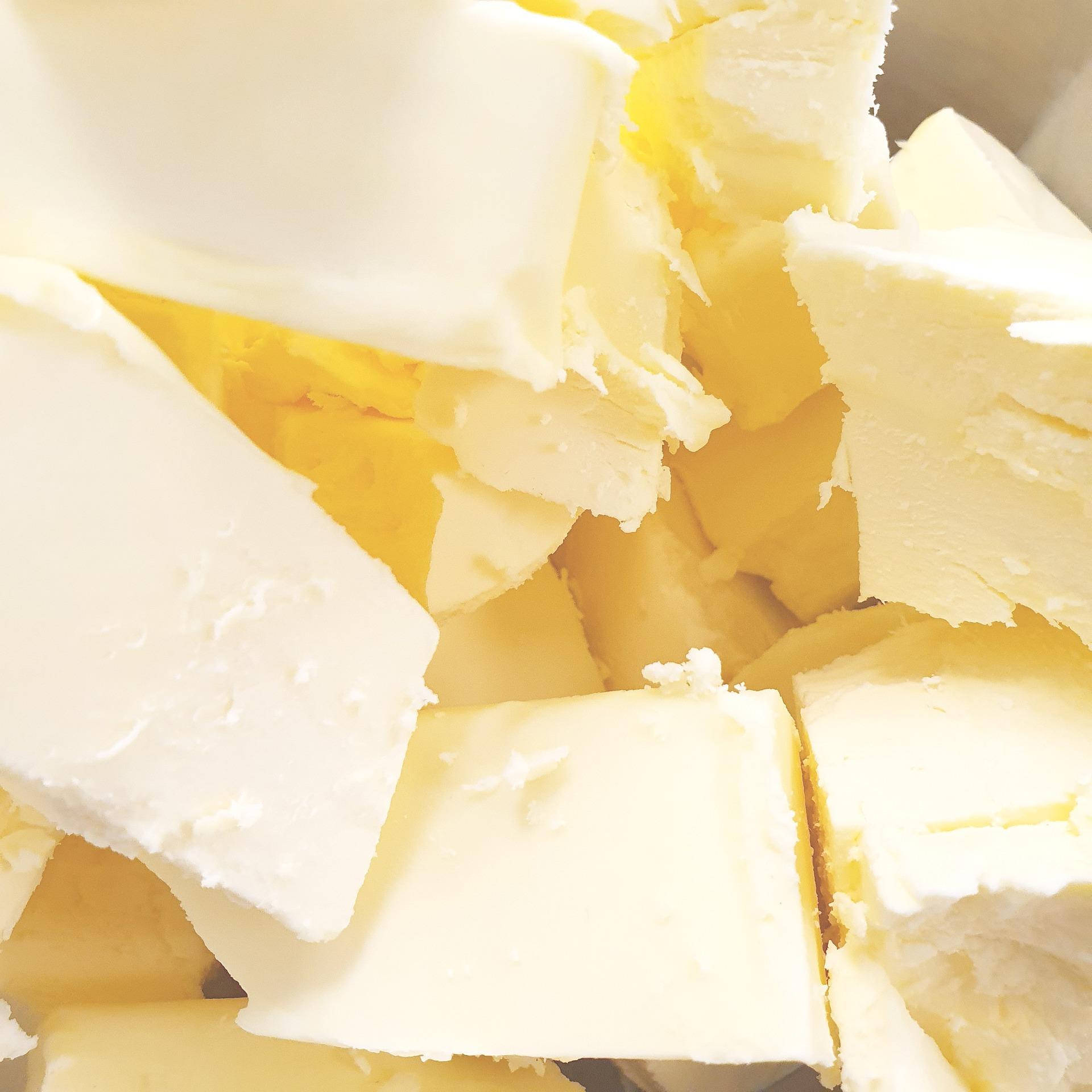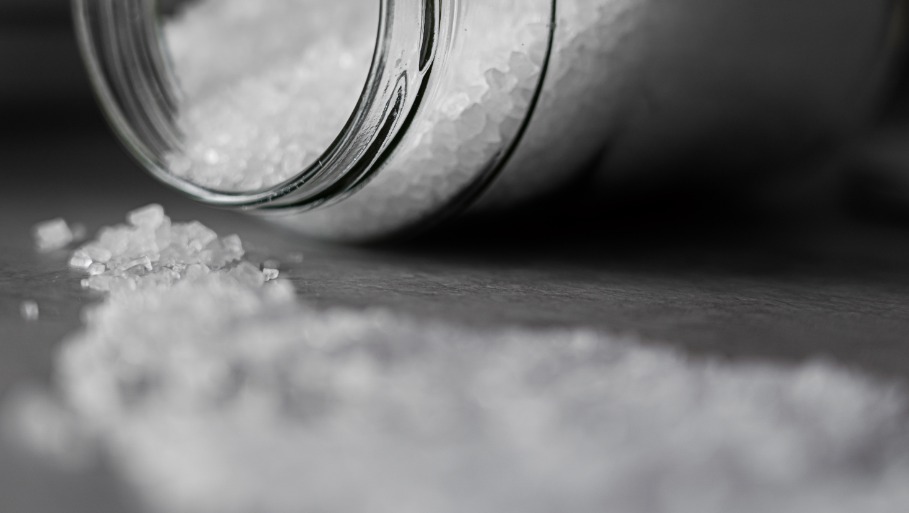
Sodium chloride or simply salt is probably the most important food additive ever; the functions of salt apply to various food processes. But unlike how we know it today, its uses were very limited when it was first used in food. Our ancestors from 5000 years ago started using salt in food for 2 main reasons: to improve flavor and preserve for later use. The latter was especially important because they did not have access to technology that we normally enjoy now. While today, we simply store food in the refrigerator, our ancestors had to resort to other forms of preservation techniques such as salting, curing, and brining to store food for an extended period of time.
We have come a long way since then. Today, hundred years of research have led us to a better understanding of how salt works with food. We no longer add salt merely as a flavor enhancer and antimicrobial agent. Here are the 5 main functions of salt in food.
SALT ENHANCES FLAVOR
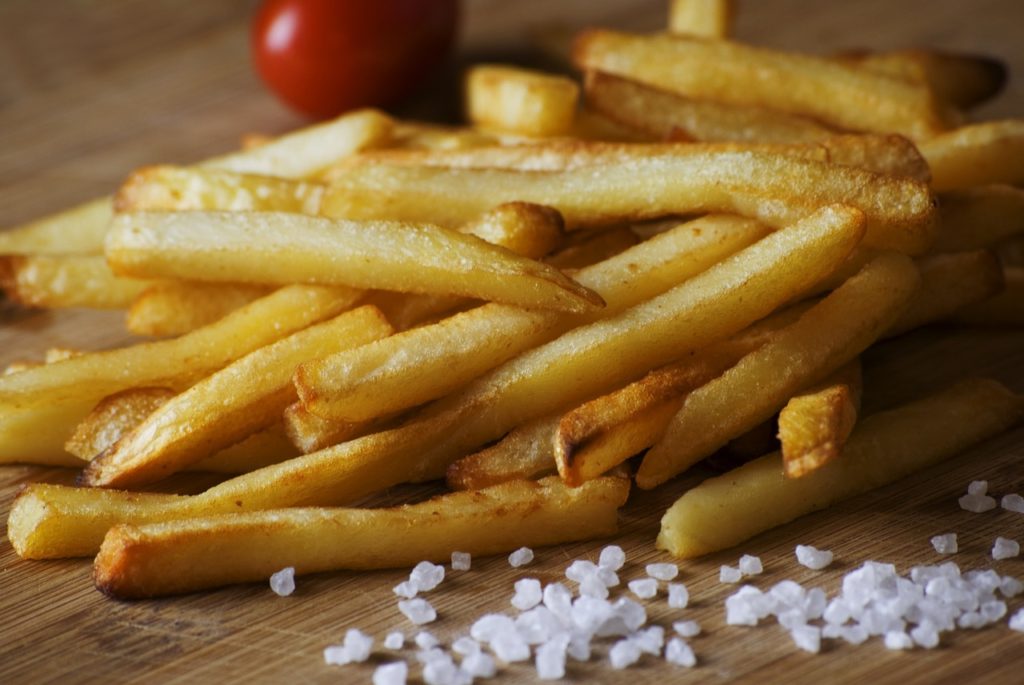
This maybe is a no-brainer, but salt is the universal flavor enhancer. It elevates the flavor of virtually every food that we consume— from meat to seafood. Specifically, vegetables that are not normally enjoyed by children taste better by just sprinkling salt. What makes salt special is that aside from adding and increasing the saltiness in food, it also enhances the other desirable flavors, particularly sweetness and savory or umami flavor.
How?
You might also like: French Fries And The Science Behind
In naturally sweet foods like baked products such as cookies and cakes, salt in low concentrations elevates the sweetness and adds depth to other flavors . Salt does this by suppressing the bitter taste and other undesirable tastes, all thanks to the sodium ions. This is why most recipes of sweet goodies always call for a pinch of salt.
At higher concentrations, salt may start to suppress the sweet taste. But such concentrations is ideal for savory foods. Special mention to naturally salty food that are rich in umami such as anchovies.
While salt can intensify the umami or savory taste, umami-containing compounds do not work the same way; they do not enhance the fruity, bland, or sweet taste in food.
SALT PRESERVES FOOD
Like I already mentioned, we have been using salt as a preservative for several thousand years now. So there is no wonder why salt has countless applications. Beef jerky, dried fish, bacon, dates, pickles, etc.
How does it work?
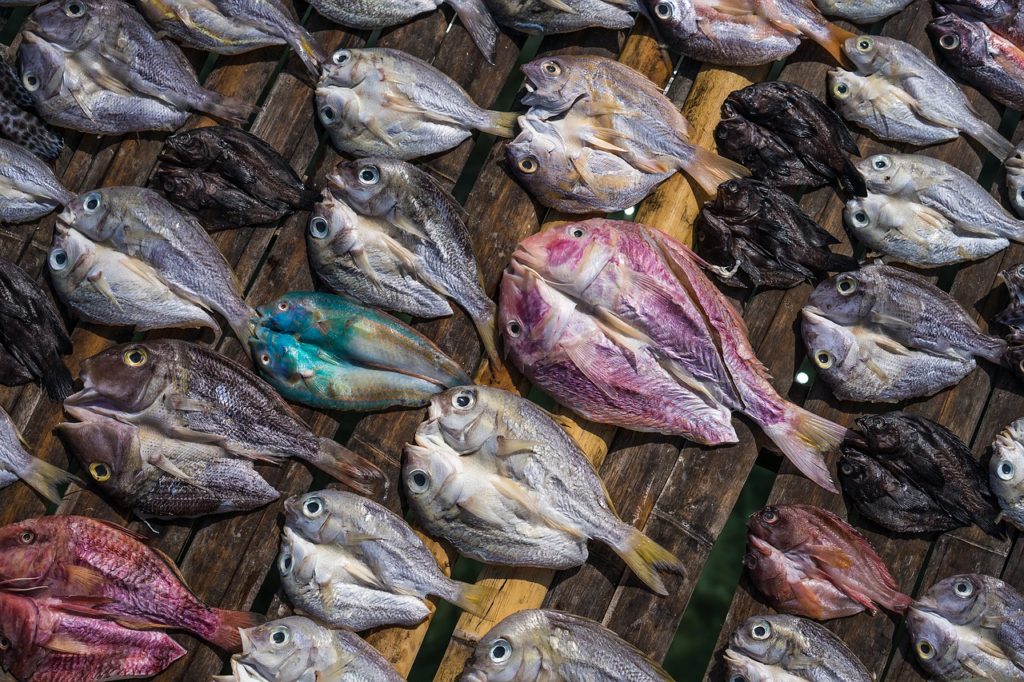
Water is one of the requirements for bacteria and other microorganisms to thrive. In order to preserve the food and extend its shelf life, water must be drawn out to a point where microorganisms can no longer use it for biological functions such as spore germination, toxin production, and more importantly, growth of microbial cells.
Water activity (aw) is the simplest way to describe this. Water activity refers to the amount of free water (unbound), hence available for use, more specifically to support microbial growth.
Most food products have a water activity of 0.95. Generally, to prevent microbial activity, the water activity must be lowered down to at least 0.75. Although this largely depends on the food and the target microorganism. Some need more water, while others require less. A water activity of 0.85 inhibits the growth of pathogenic bacteria. While certain yeasts and molds can still thrive in an environment with a water activity of 0.75. Although they can no longer produce toxins to spoil the food.
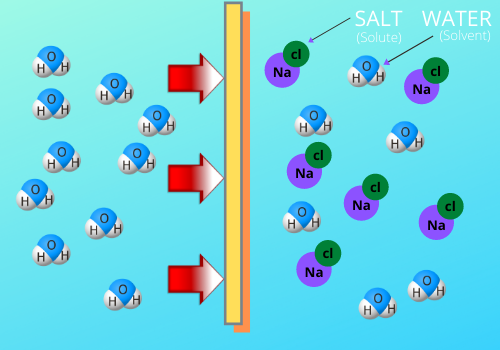
By applying salt, water is drawn out through a process called osmosis. Osmosis occurs when there is a diffusion or movement of solvent (water) molecules across a semipermeable membrane from a region of lower concentration of solute (salt) to another of higher concentration. This equalizes the concentration on both sides of the membrane. As a result, the water activity lowers in the food, and the growth of microorganisms is inhibited.
SALT ENHANCES TEXTURE
In cheese, salt functions mainly as a preservative and flavor enhancer. Additionally, salt also aids in the development of the physical characteristics of cheeses— stretching, meltability, shredding, and flow. At proper salt concentrations, modification of the protein structure occurs to make a good rind of cheese. Some cheddar types of cheese with reduced amount of salt find trouble maintaining their shape as a result of softening. At low salt concentrations, non-starter lactic culture may activate, which contributes as well to cheese softening.
Salt also has a similar favorable effect on the texture of meats, generally. In processed meats such as sausages, the addition of salt makes the myofibrillar proteins (which are naturally insoluble in water alone) soluble. By combining salt with blending and tumbling, these salt-soluble proteins move toward the surface of the meat. This process is particularly useful in restructured meats, such as bologna and frankfurters. The salt-soluble proteins that have been extracted to the surface work as a glue—they keep the chopped or ground pieces of meat together as they form a gel network.
In baking, salt produces a binding effect by altering the protein structure, strengthening the gluten network. The gluten is the main protein responsible for the texture of the final product. The interaction with salt makes the gluten more capable of holding water and carbon dioxide. In return, the dough expands without ripping and tearing. Salt also reduces the stickiness of the dough, allowing more control during kneading.
In many baked products such as cookies, and cakes, popular leavening agents that are used to produce airy texture contain sodium. These include baking soda (sodium bicarbonate) and baking powder (sodium bicarbonate combined with: sodium aluminum sulfate, potassium hydrogen tartrate, calcium acid phosphate or sodium acid pyrophosphate).
SALT IMPROVES COLOR
When it comes to the development of the appealing bright red color in processed meats, particularly cured ones such as hot dogs, salt is very underrated. What would first come to mind is nitrate or nitrite. When you look closer, it is actually a product of the teamwork of nitrate/nitrite, sugar and salt.
How?
When salt is added, the chlorine ions dissociate from NaCl. When this happens, the rate of conversion of nitrite to nitric oxide speeds up. In return, the development of the cured color in the meat accelerates.
You might also like: Food Science: The Roles Of Sugar In Food
In breads, the presence of salt encourages enhanced color (golden crust) formation by increasing the rate of caramelization. Caramelization is a reaction in which the oxidation of carbohydrates (or sugars) at elevated temperature results in the development of brown color in food. This study proved that other salts, including potassium chloride (KCl), calcium dichloride (CaCl2) and magnesium chloride (MgCl2) can also significantly improve the color of baked products.
Another way salt enhances the color of bread is by controlling fermentation. The residual sugar in the dough is responsible for the browning of the crust. However, during fermentation, the yeasts consume sugar, turning it into carbon dioxide that is responsible for rising of bread. By adding salt at an appropriate amount (too little makes dough to rise faster, but too much may inhibit yeast activity), the yeast activity is controlled. Hence, there is less destruction of sugar, and the crust color development improves.

SALT PROVIDES ESSENTIAL NUTRIENTS
Salt is our main source of sodium, an essential nutrient. It helps control the bodily fluids; controls blood pressure and volume and maintains balance of minerals (electrolytes) and water. Like most of the nutrients we need, only a small amount of sodium is necessary for proper function. According to the Food and Drug Administration (FDA), the recommended daily intake for Americans is less than 2,300 mg per day or 1 teaspoon of table salt. Studies have shown that Americans consume sodium mosftly from prepackaged, processed foods, and restaurant. The same thing can be said for other parts of the world.
The most common form of table salt, particularly in the U.S., is iodized salt. Iodized salt is a product of food fortification which contains a significant amount of the element iodine. Its main purpose is to prevent iodine-deficiency. Globally, 2 billion people around the world is iodine-deficient.
You might also like: Fortified Vs Enriched: What’s The Difference?
A low intake of iodine increases the risk of developing health illnesses such as goiter and problems with mental development, especially in young children. In fetuses and infants, iodine is essential for proper development of the skeletal and central nervous system. For most adults, the recommended daily intake of iodine is 150 μg, while 90 μg for children aged 1 to 8.
Do you know all these functions of salt in food? Which one did you find interesting? Feel free to leave a comment down below.
